You’ve seen it on your feed: someone biting into a perfect, shiny Asian fruit ice cream bar shaped like a mango. The shell cracks. The mousse inside is rich and fruity. It’s the dessert moment that’s got the internet hooked.
From Korea to California, these bars are flying off shelves. We’ll break down what makes them special, how the trend started, and even how to make your own version at home. Let’s dig into this frozen fruit phenomenon.
Table of Contents
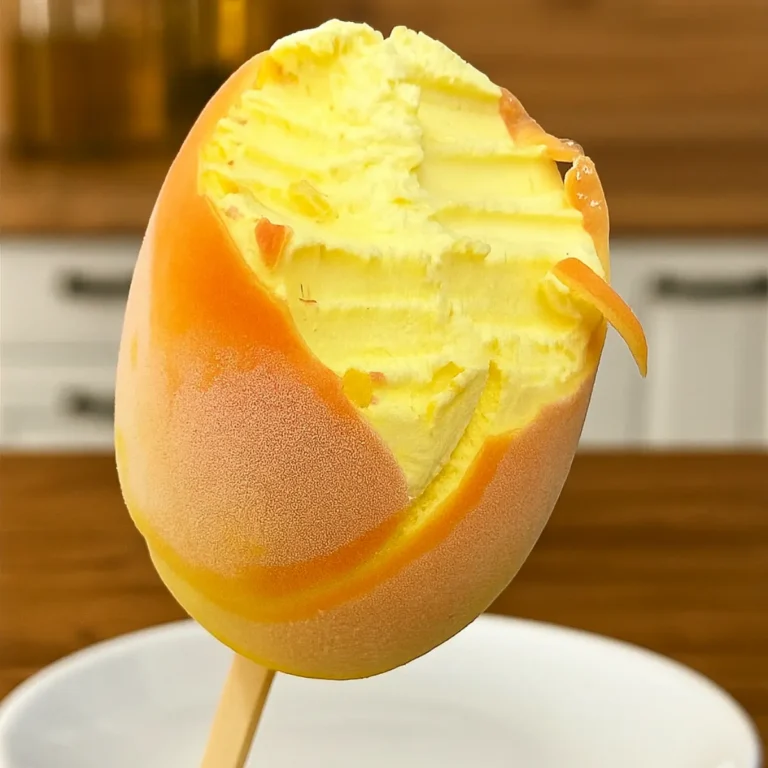
Asian Fruit Ice Cream: Mango Bars
Mango-shaped Asian fruit ice cream with a tropical mousse filling and a smooth white chocolate shell. Fruity, creamy, and fun to eat.
- Total Time: 6 hours 30 minutes
- Yield: 6 bars 1x
Ingredients
2 cups heavy cream
1 tsp vanilla extract
¾ cup sweetened condensed milk
1 cup mango puree
1 cup white chocolate
1 tbsp coconut oil
Orange fruit powder (optional)
Mango-shaped silicone molds
Popsicle sticks
Instructions
1. Whip the cream and vanilla until stiff peaks form.
2. Blend mango puree with condensed milk.
3. Gently fold the mango mix into the whipped cream.
4. Spoon mixture into molds and insert popsicle sticks.
5. Freeze for at least 6 hours.
6. Melt chocolate with coconut oil until smooth.
7. Dip each frozen bar into the melted shell.
8. Dust with fruit powder if using.
9. Freeze again for 5 minutes before serving.
Notes
Use ripe mangoes for the best flavor.
Silicone molds shaped like real mangoes enhance the look.
Optional: add a pinch of salt to balance sweetness.
- Prep Time: 30 minutes
- Freeze Time: 6 hours
- Cook Time: 0 minutes
- Category: Ice Cream
- Method: No-Churn, Frozen
- Cuisine: Asian-Inspired
- Diet: Vegetarian
Nutrition
- Serving Size: 1 bar
- Calories: 220
- Sugar: 18g
- Sodium: 30mg
- Fat: 14g
- Saturated Fat: 9g
- Unsaturated Fat: 4g
- Trans Fat: 0g
- Carbohydrates: 21g
- Fiber: 1g
- Protein: 3g
- Cholesterol: 35mg
Asian Fruit Ice Cream Trend on TikTok

Asian fruit ice cream is now one of TikTok’s favorite dessert stars. These frozen treats shaped like real fruit have exploded across social media feeds, leaving viewers craving that first crisp bite into a creamy center. The buzz began when creators started posting videos showing off mango-shaped bars that looked too real to eat. Then came peach, lemon, and even grape versions. They all had one thing in common: they were beautiful, fruity, and totally satisfying to watch.
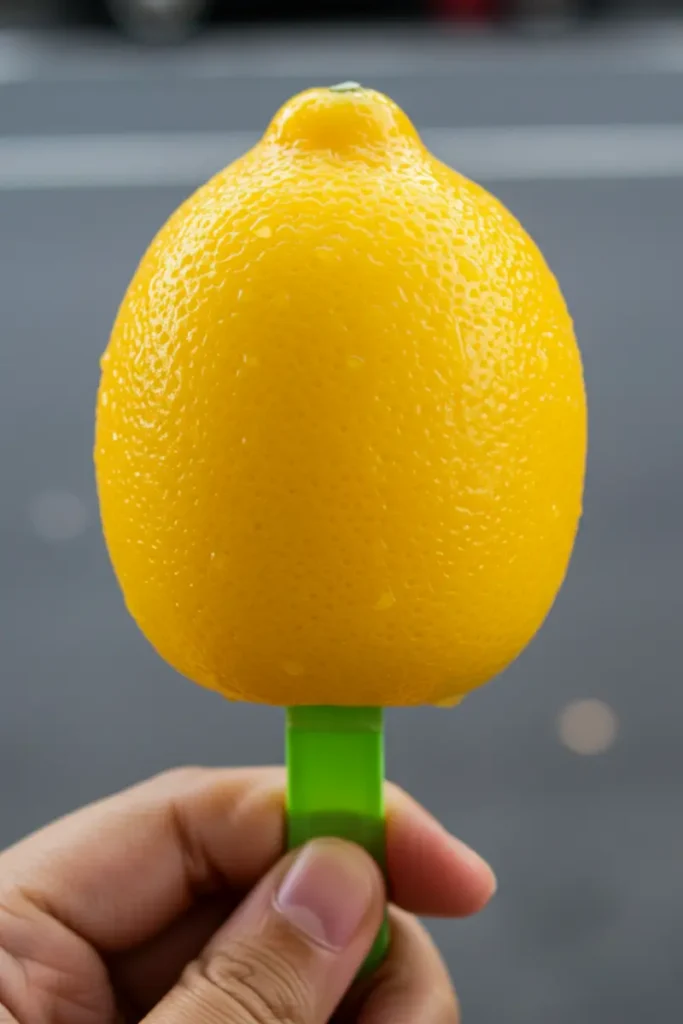
The rise of these icy treats isn’t just about looks. The flavor inside actually matches the fruit on the outside, giving fans a full-sensory experience. Combine that with the shell’s satisfying crack and you’ve got the perfect recipe for a viral hit. These aren’t your average freezer pops. They are mousse-filled, white chocolate-coated, and surprisingly light for such a rich snack. The main keyword in this trend is flavor with a big side of visual wow.
Social media impact on flavor popularity
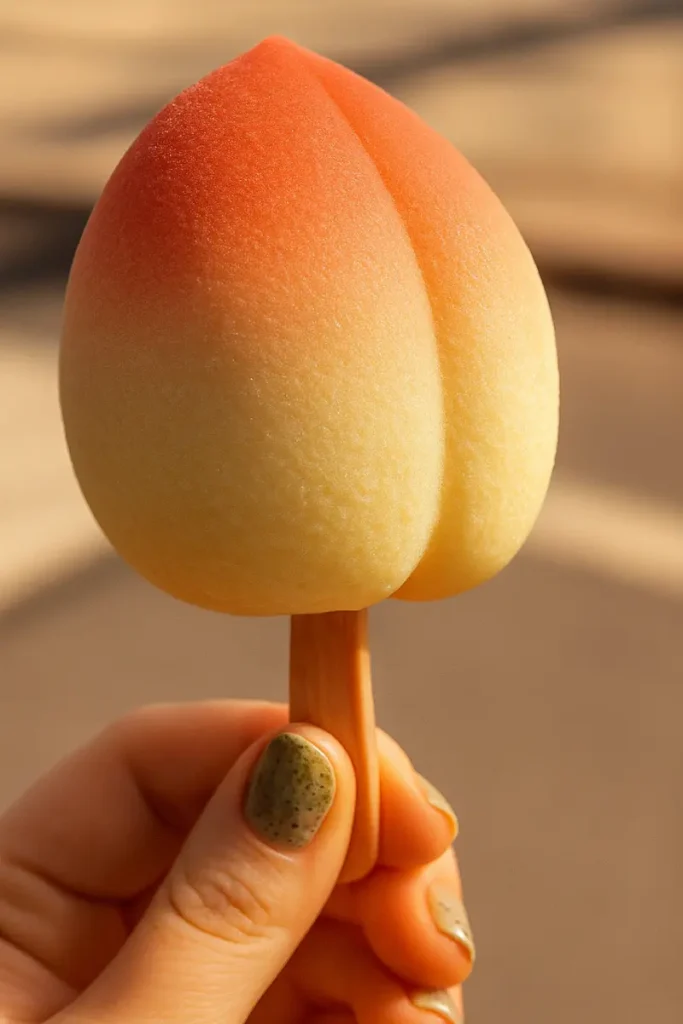
TikTok helped push lesser-known flavors into the spotlight. For example, lemon wasn’t a top choice before. But now, it’s one of the most shared due to its bright, camera-friendly look. Peach and mango still lead, but ube and grape are gaining fans fast.
Which fruits are trending: mango, peach vs lemon
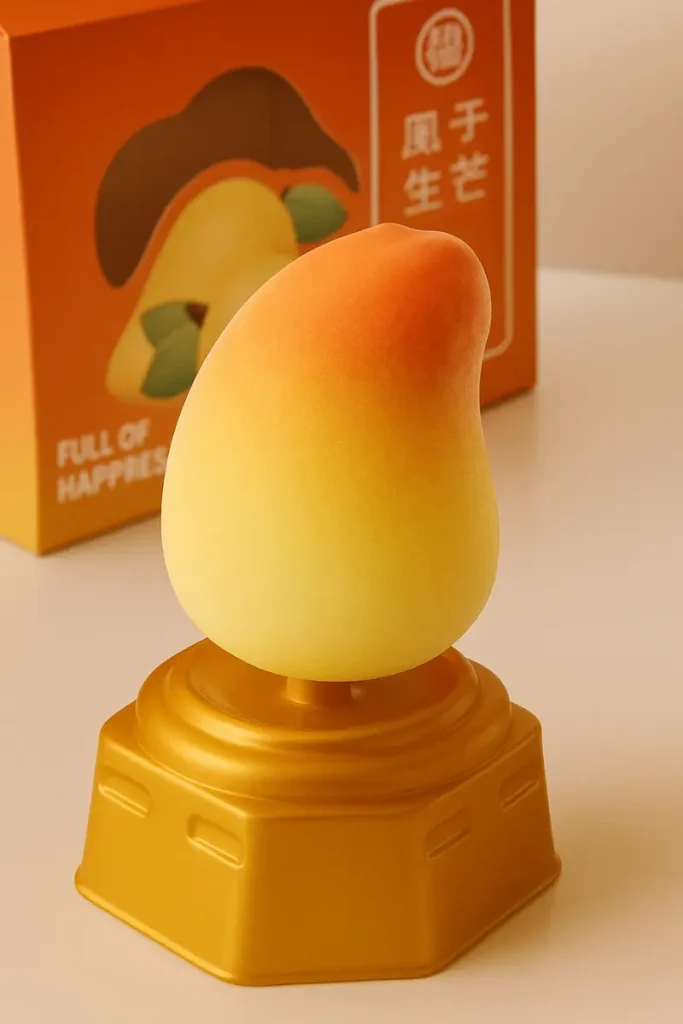
- Mango: Creamy, sweet, and the original trend starter
- Peach: Soft color and delicate flavor, often mistaken for real fruit
- Lemon: Refreshing, bright, and visually striking in videos
How creators film the perfect bite shot
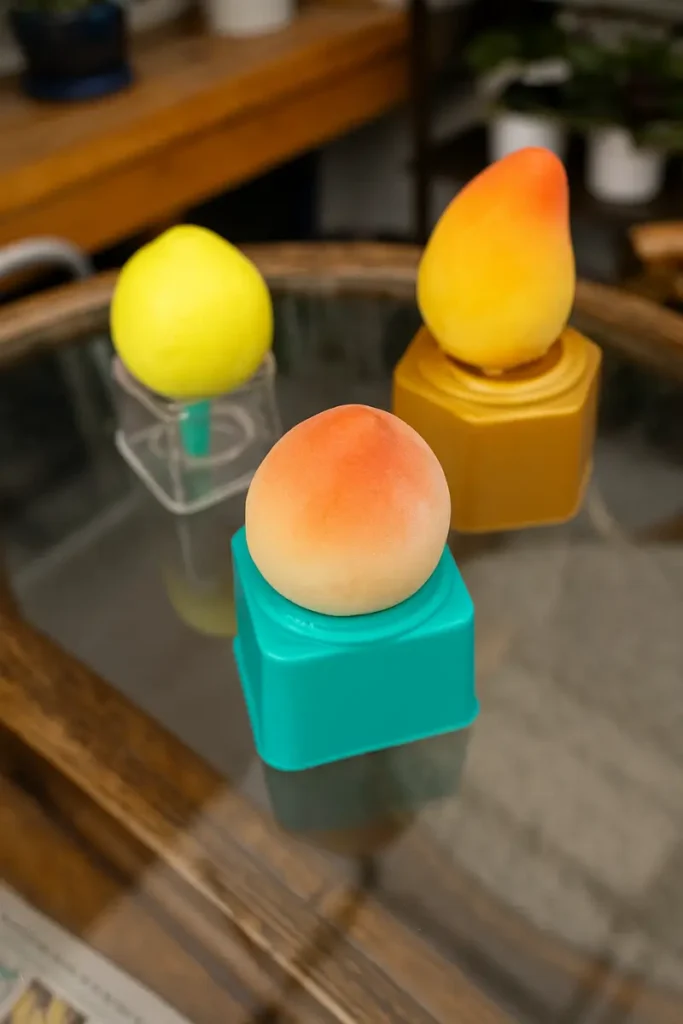
TikTok creators zoom in close, capture that crack as the shell breaks, then show the soft mousse inside. Lighting matters. Some even freeze their bars just long enough to keep shape but still allow a clean bite.
Comparison to other viral dessert trends
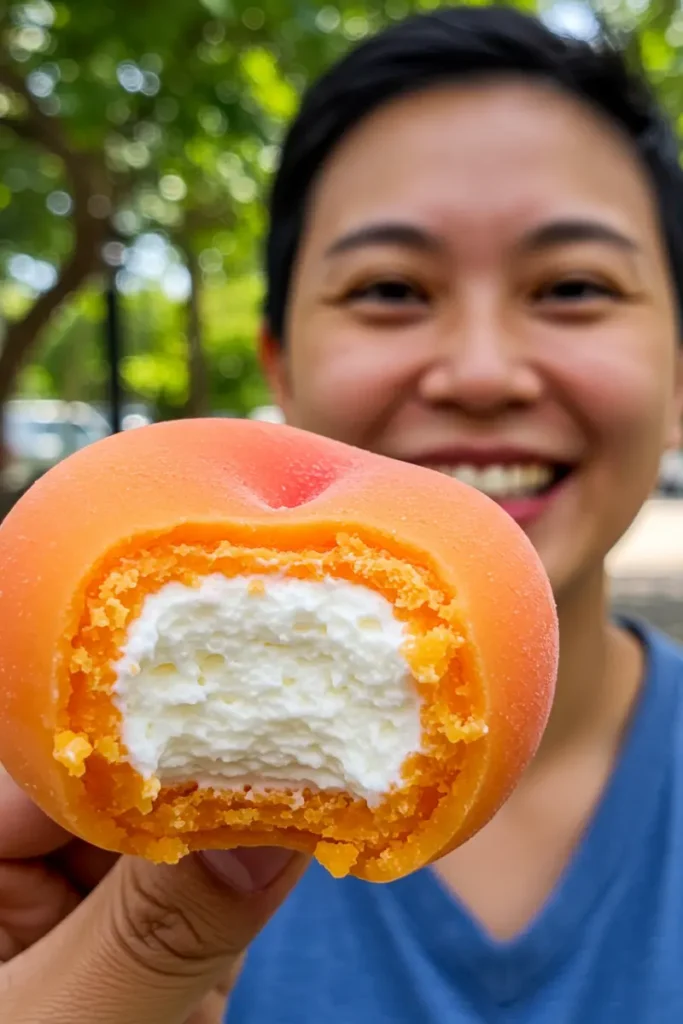
Unlike dalgona coffee or mochi donuts, Asian fruit ice cream offers both texture and a visual pop. It’s also seasonal and refreshing, which makes it a summer favorite.
Asian Fruit Ice Cream Bars Explained
There’s a reason Asian fruit ice cream bars are in demand. They don’t just taste great—they look like tiny works of art. Each bar mimics the shape and color of real fruit, but the surprise comes when you bite in. Inside, there’s a creamy mousse center, chilled but not icy. Outside, a thin shell of white chocolate adds crunch and a hint of sweetness. The combo is smooth, fruity, and just a little indulgent.
These treats have a layered texture that’s different from the usual popsicle or mochi. While mochi uses a soft rice cover, and Melona bars stay creamy throughout, fruit ice cream bars surprise you with contrast. Their real magic lies in the details—from the lifelike skin texture to the color gradients painted on the outside. Most are made in molds that copy actual fruit shapes, giving each bar a handcrafted feel.
What makes the white chocolate shell unique
The white chocolate shell is more than just a coat. It’s often mixed with fruit powder to add color and flavor. It holds up in the freezer without getting too hard, making that first bite easy and satisfying. Some even have edible shimmer for that camera-ready shine.
Mango shaped vs peach shaped vs lemon
- Mango: Slightly larger, often yellow with orange tones
- Peach: Soft pink with fuzz-like texture on the shell
- Lemon: Small, glossy, and easy to hold
Each one reflects its fruit inside, both in shape and taste.
Texture: mousse like, creamy, fruity
Inside, the texture is light but rich. It melts quickly, so you get a burst of flavor without heaviness. It’s smoother than gelato but more flavorful than frozen yogurt.
How they differ from Melona or mochi
Melona bars are solid all the way through and come in stick form. Mochi ice cream has a chewy outer layer. But Asian fruit ice cream bars offer a crisp bite and a creamy core, making them stand out in the frozen aisle.
Where to Buy Asian Fruit Ice Cream Near Me
If you’ve searched for Asian fruit ice cream near you, you’re not alone. These treats became so popular that many stores can’t keep them in stock for long. The good news is, you’ve got options. Whether you’re looking for the Propitious Mango bar or peach ice cream from an Asian market, knowing where and when to look helps.
Asian supermarkets like H Mart, 99 Ranch, and Seafood City are your best bet. Many of them carry seasonal stock and have freezer sections loaded with Korean, Japanese, and Chinese desserts. Local grocers with Asian food aisles may also carry a limited supply. Online, frozen dessert shops now ship nationwide, so even if you don’t have a market nearby, you can still get in on the trend.
Asian supermarkets vs local grocers
- Asian Supermarkets: These often carry full lines of flavors, including mango, lemon, and ube
- Local Grocers: May stock one or two flavors in the international section
- Warehouse stores: Rare, but occasionally carry bulk packs of trending items
Online retailers shipping frozen desserts
Websites like Weee!, Yamibuy, and Umamicart now offer frozen delivery. You can order Asian fruit ice cream and have it shipped in dry ice to your door. Look for bundles to save on shipping.
How stock cycles affect availability
These products often sell out fast when a TikTok video goes viral. Most stores restock weekly or biweekly. Thursday evenings and Friday mornings are good times to check.
Tips for calling ahead to check stock
Call the customer service desk or the freezer section directly. Ask for “fruit shaped ice cream bars” or “Propitious Mango ice cream.” Staff may even hold some aside if you ask politely.
Propitious Mango Ice Cream Origins
Propitious Mango ice cream is one of the most viral forms of Asian fruit ice cream ever released. It’s shaped exactly like a mango, down to the texture of the peel. But it’s not just the look that draws people in. Inside, the mousse is soft, tropical, and lightly sweet. The shell is made of white chocolate, dyed to mimic a mango’s skin. This combo made the product a breakout hit.
The brand behind this masterpiece is Hong Qi, a Chinese company that launched the bar in 2023. It didn’t gain traction right away. But after one video showed a bite reveal with a perfect crack and creamy center, views shot into the millions. People were amazed it wasn’t a real mango. From there, stores couldn’t keep them in stock.
Chinese brand Hong Qi history
Hong Qi originally focused on novelty desserts in China. The Propitious Mango was part of a special launch meant to celebrate good fortune. Its shape and name were chosen to match that theme.
Global launch timeline: when it went viral
- 2023: Product launches in China
- Late 2023: TikTok videos start gaining attention
- Early 2024: U.S. markets begin stocking the bars
- Summer 2024: Sold out in most major cities
Similar products from Korea and Japan
Korean brands like Binggrae now offer similar fruit bars. Japan has started to release grape and yuzu variations. These follow the same mold and mousse format but with regional flavor twists.
Wiki insight: packaging and ingredients
Most bars list white chocolate, fruit puree, and heavy cream as top ingredients. The packaging often includes a gold seal and fortune symbols. This adds to the theme of luck, making the bar both a snack and a cultural nod.
DIY Asian Fruit Ice Cream at Home
Want to join the Asian fruit ice cream trend without hunting down every store in town? You can make your own at home with simple tools and ingredients. Even without fancy molds, it’s totally doable. The secret is in the mousse texture and using real fruit flavor. With a little effort, you can recreate the creamy inside and glossy shell that makes these bars so fun to eat and look at.
You’ll need heavy cream, fruit puree, and something to shape and freeze the mix. While silicone fruit molds create that signature look, a muffin tin or small bowl can work in a pinch. For the shell, melt white chocolate and mix with fruit powder or food coloring. Pour it over the frozen mousse to create a crisp coating. Let it set, and boom—you’ve made a homemade version that feels close to the real thing.
Simple recipes without molds
- Mix whipped cream with sweetened condensed milk and mango or peach puree
- Freeze the mix in small containers or ice cube trays
- Dip the frozen pieces into melted chocolate for the shell
Frozen fruit microplane hack
Don’t have a blender? Use a microplane to shave frozen fruit into fine ice. Mix with cream and a little sugar for a mousse base that sets well in the freezer. This gives a frosty texture without needing a machine.
Using shaved ice machines for mousse texture
Shaved ice machines can fluff up frozen fruit and turn it into a snow-like base. Add cream or condensed milk for extra richness. This method creates a super smooth texture like the store-bought bars.
Substitutes: mochi, ube, boba
- Mochi: Wrap your mousse in mochi dough for a chewy outside
- Ube: Add purple yam paste for color and sweetness
- Boba: Mix in tapioca pearls to the mousse or serve on the side for a chewy twist
Popular Asian Fruit Ice Cream Flavors
The wide range of flavors is what keeps fans coming back to Asian fruit ice cream. These bars offer more than just mango. Each one has its own taste, texture, and look. Whether you’re a fan of bold tropical notes or sweet berry blends, there’s something for everyone. Mango, peach, and lemon are the top choices, but flavors like grape, strawberry, and ube are growing fast in popularity.
Flavors also vary by region and brand. Korean versions might use honeydew or banana. Japanese ones may include matcha or yuzu. Some even blend flavors, like peach with a strawberry swirl. The inside is typically a mousse that matches the outer shell. The result is a dessert that tastes exactly how it looks.
Mango, peach, lemon, grape, strawberry
- Mango: Sweet, tropical, and the most viral
- Peach: Soft and floral, often very creamy
- Lemon: Tart and fresh, perfect for summer
- Grape: Bold and juicy, a popular option in Japan
- Strawberry: Bright, fruity, and kid-friendly
Ube and boba infused variations
- Ube: Adds earthy flavor and a vibrant purple color
- Boba: Some brands mix tapioca pearls into the mousse or offer a chewy topping
Regional favorites: honeydew Melona style
Honeydew-flavored bars are big in Korea, thanks to Melona. The new fruit-shaped versions borrow that flavor but wrap it in a shell for extra fun.
Flavor fusion recipes to try
Try mixing mango and peach puree for a combo bar. Or dip ube mousse in dark chocolate instead of white. You can also add real fruit pieces inside for a surprise texture.
Asian Fruit Ice Cream Bars: Store Reviews
As the Asian fruit ice cream craze keeps growing, more stores across the U.S. and beyond are trying to keep up with demand. Some have been quicker than others to stock these fruity treats. If you’re wondering where people are finding them and which flavors are worth the hype, store reviews help paint the picture. From Washington to New Orleans to Toronto, shoppers are sharing their experiences.
Each store seems to have its own set of offerings. Some focus on mango and peach, while others branch out into lemon, ube, and even grape. Reviews show that stock can be hit or miss, especially after viral videos. Still, with a little planning and local tips, you can increase your odds of scoring a box or two.
Asian World Market (WA and ID) stock updates
Shoppers in Washington and Idaho report that Asian World Market restocks popular flavors every Friday. Their freezer section often includes Propitious Mango, peach, and lemon. Staff have confirmed that shipments are limited and sell fast.
New Orleans Ideal Market shoutout
In New Orleans, Ideal Market made headlines for stocking a full range of Asian fruit ice cream bars. One customer noted that the lemon bar “looked exactly like the real thing” and tasted “light but rich.” Social media posts led to long lines over the weekend.
Toronto peach variation mentions
Canadian fans are finding more options in large metro areas. In Toronto, a local Asian market began offering a peach version with an extra-creamy center. Reviews mention it being smoother and more flavorful than the mango. Some even prefer it over mochi or Melona.
Health and Nutrition of Asian Fruit Ice Cream
Many people assume Asian fruit ice cream bars are healthier because of the fruit theme. But while they are fruity and often made with real puree, they’re still rich treats at heart. Most bars include a mousse base made with cream or condensed milk and a white chocolate shell. That means calories can add up, though they often stay under 250 per bar.
Still, these frozen snacks offer a better balance than some traditional desserts. Because the flavor comes from fruit rather than heavy syrups or artificial additives, you may find them more satisfying in smaller portions. Some brands also offer dairy-free or lower sugar versions. Always check the label, especially if you have dietary restrictions or allergies.
Ingredients: white chocolate shell and mousse inside
- Shell: Made from white chocolate and colored with natural fruit powder or food dye
- Center: Whipped cream or condensed milk blended with mango, peach, or ube puree
Some versions use real fruit chunks inside the mousse for texture.
Fruit vs dairy profiles: calories, vitamins
- Typical bar: 200 to 250 calories
- Contains vitamin C if made with real fruit
- Often high in saturated fat due to cream and chocolate
Natural vs artificial flavor debate
Most viral brands use real fruit puree. But budget options may rely on artificial flavoring or color. Check ingredients if this matters to you.
Allergy and dietary notes
- Common allergens: dairy, soy, and sometimes gluten
- Not always vegan or nut-free
- Ube and boba varieties may include extra ingredients, so review labels closely
Comparing Asian Fruit Ice Cream to Mochi and Melona
At first glance, Asian fruit ice cream might look similar to mochi or Melona, but each has its own identity. What sets the fruit-shaped bars apart is their crisp white chocolate shell and mousse-like center. Mochi ice cream is wrapped in soft rice dough, giving it a chewy bite. Melona bars are creamy and consistent throughout, without a shell or filling contrast.
This unique blend of textures in Asian fruit ice cream is what gets people hooked. You get the satisfying snap of chocolate, followed by a soft, smooth center. The experience is multi-layered and full of flavor. Plus, the outer shell mimics real fruit shapes and textures, which makes them feel more special. The visual impact adds to the fun, especially for social media fans.
Texture and shell vs mochi rice wrap
- Fruit Ice Cream Bars: Crisp shell, creamy mousse inside
- Mochi: Soft and chewy outside, frozen center
- Melona: Consistently creamy and smooth, no outer shell
Mochi wraps melt faster and are better suited to small, poppable bites. Fruit bars, on the other hand, are more like a full dessert.
Melona pops flavor diversity
Melona bars come in many flavors, including banana, honeydew, and strawberry. While they don’t have the shell or shape of Asian fruit ice cream, they are known for bold taste and creamy consistency.
Packaging and serving differences
- Fruit Bars: Individually wrapped, often shaped like real fruit
- Mochi: Usually comes in multi-packs
- Melona: Popsicle-style bars with easy-peel wrappers
Fruit bars feel more like a premium dessert while mochi and Melona are quick snacks.
Future of Asian Fruit Dessert Trends
The rise of Asian fruit ice cream is only the beginning. New frozen treats are coming into the spotlight, bringing fresh textures, flavors, and visuals to the dessert world. Korean boba ice cream bars, for instance, blend chewy tapioca pearls with creamy centers. They add a fun surprise to every bite and are starting to appear in U.S. stores.
Shaved ice trends like tanghulu and kakigori are also growing. Tanghulu uses whole fruits dipped in sugar syrup and frozen until crunchy. Kakigori is a Japanese shaved ice dessert, often topped with fruit syrup and condensed milk. Both focus on clean, bold fruit flavors and eye-catching presentation, just like Asian fruit ice cream.
This wave of frozen treats shows how dessert is evolving. Flavor isn’t the only focus anymore. Texture, presentation, and fun are just as important. Expect to see more creative combinations ahead—from matcha-mango blends to boba-filled bars shaped like bananas.
Korean boba ice cream bars rise
These bars feature soft cream layered with tapioca pearls. Some versions include brown sugar swirls for added richness. They offer a mix of chewy and creamy, appealing to bubble tea fans.
Shaved ice fruit trends: tanghulu, kakigori
- Tanghulu: Fruit on a stick, covered in crunchy syrup shell
- Kakigori: Finely shaved ice topped with fruit sauces
These icy treats highlight natural sweetness and make great warm-weather desserts. Like Asian fruit ice cream, they are made to be seen, tasted, and shared.
FAQ
What is the name of the Asian ice cream?
Why is Propitious Mango ice cream so popular?
Is the viral mango ice cream worth it?
What is Korean ice cream called?
What is China’s favorite ice cream?
Share Your Experience
Have you tried Asian fruit ice cream yet? Whether you grabbed a Propitious Mango from your local market or made your own creamy peach version at home, we’d love to hear about it.
Drop a comment below with your favorite flavor or tell us where you found the best one. Did you go for the classic mango, or did the lemon surprise you? If you tried a DIY version, let us know your tricks or toppings!
Spread the joy:


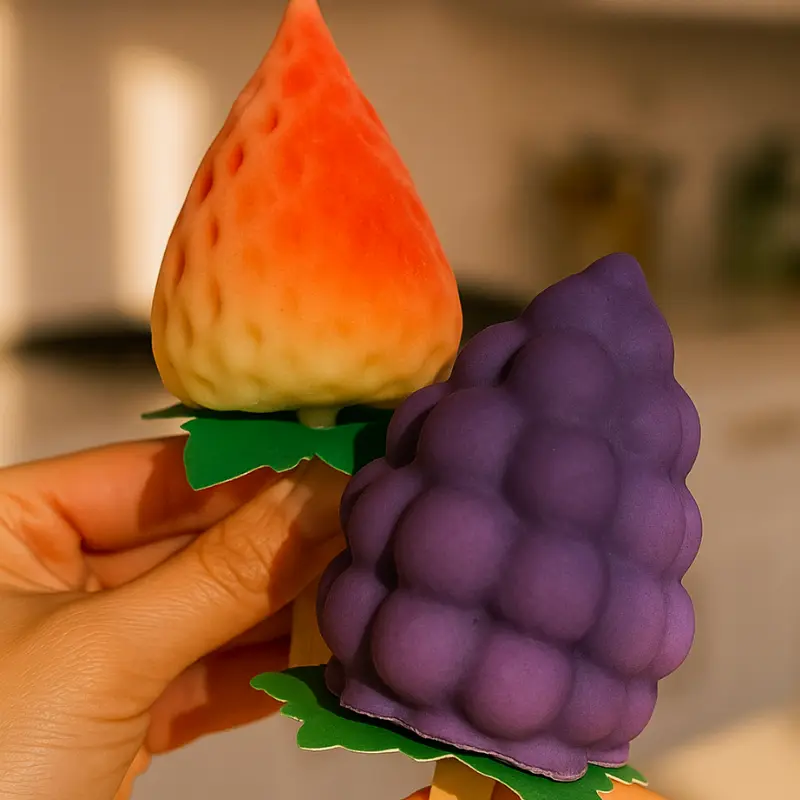

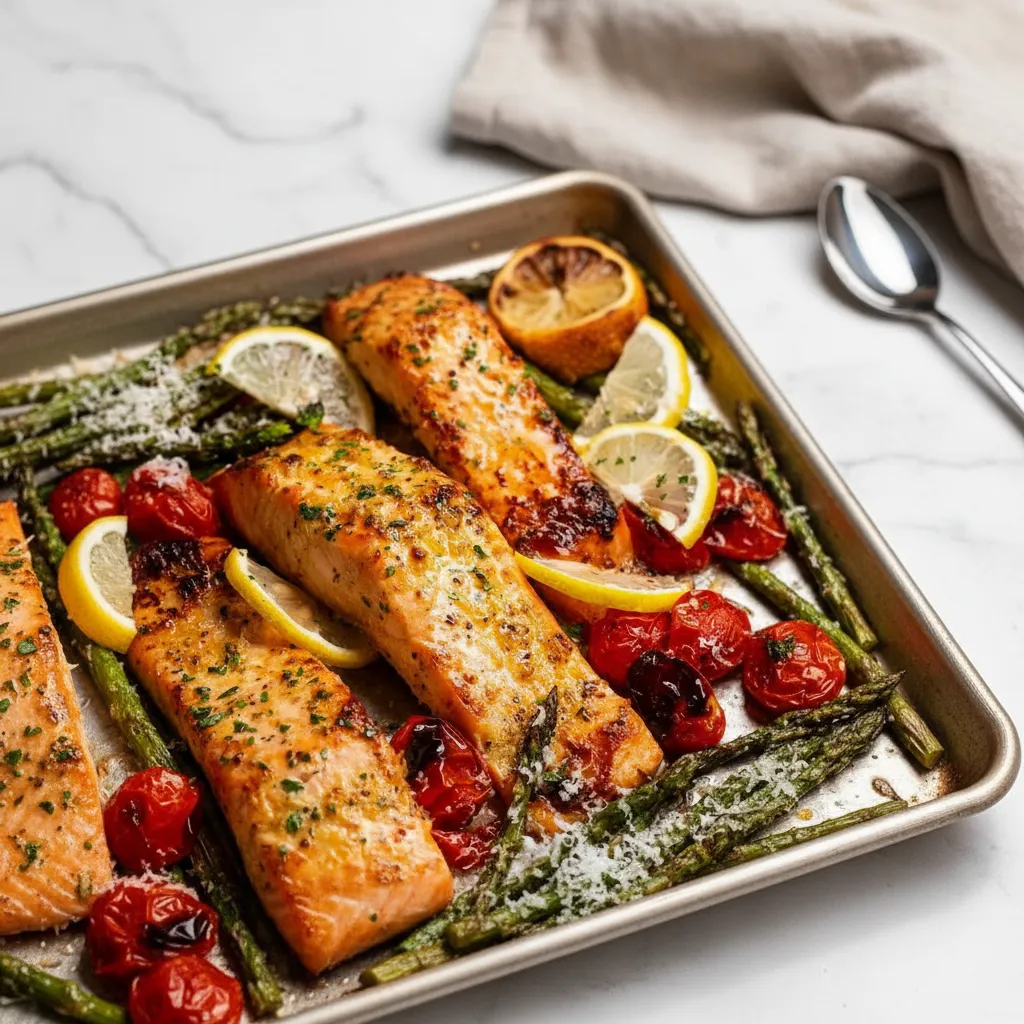
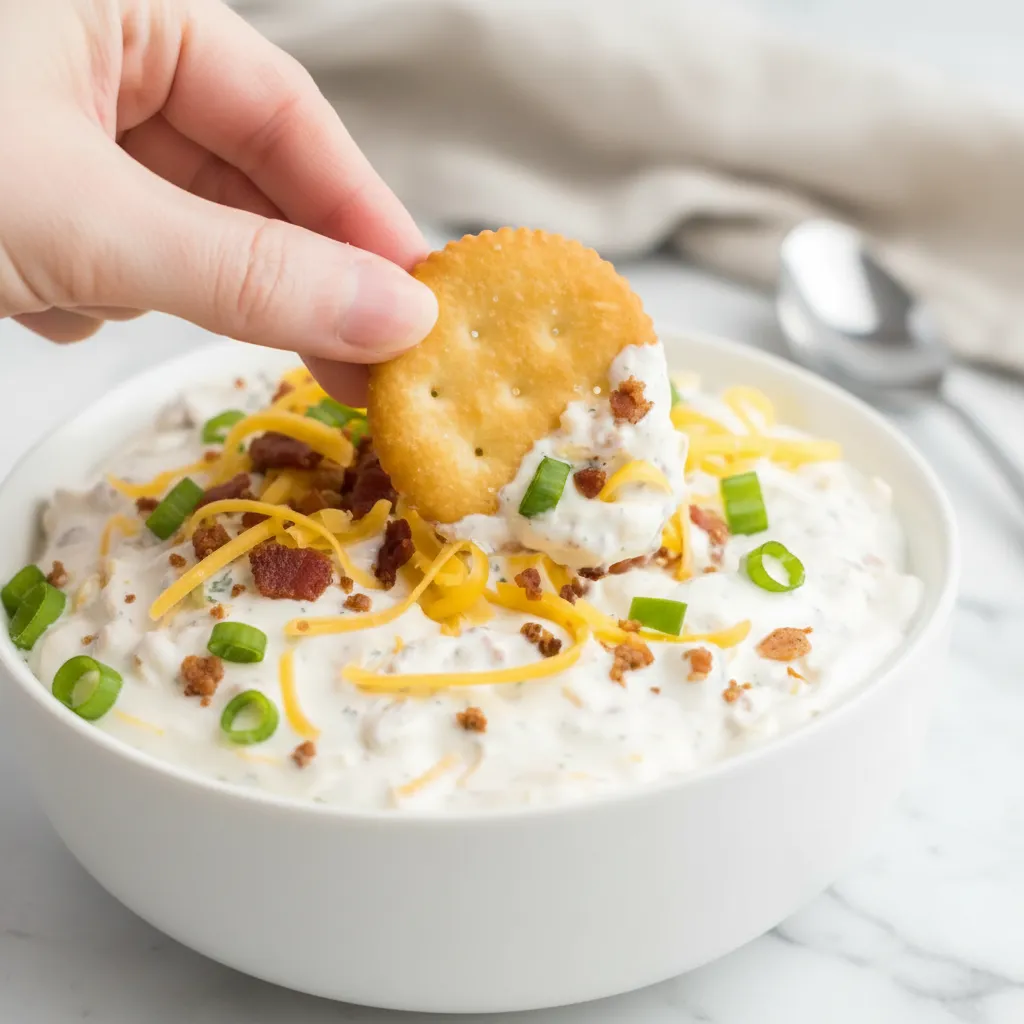
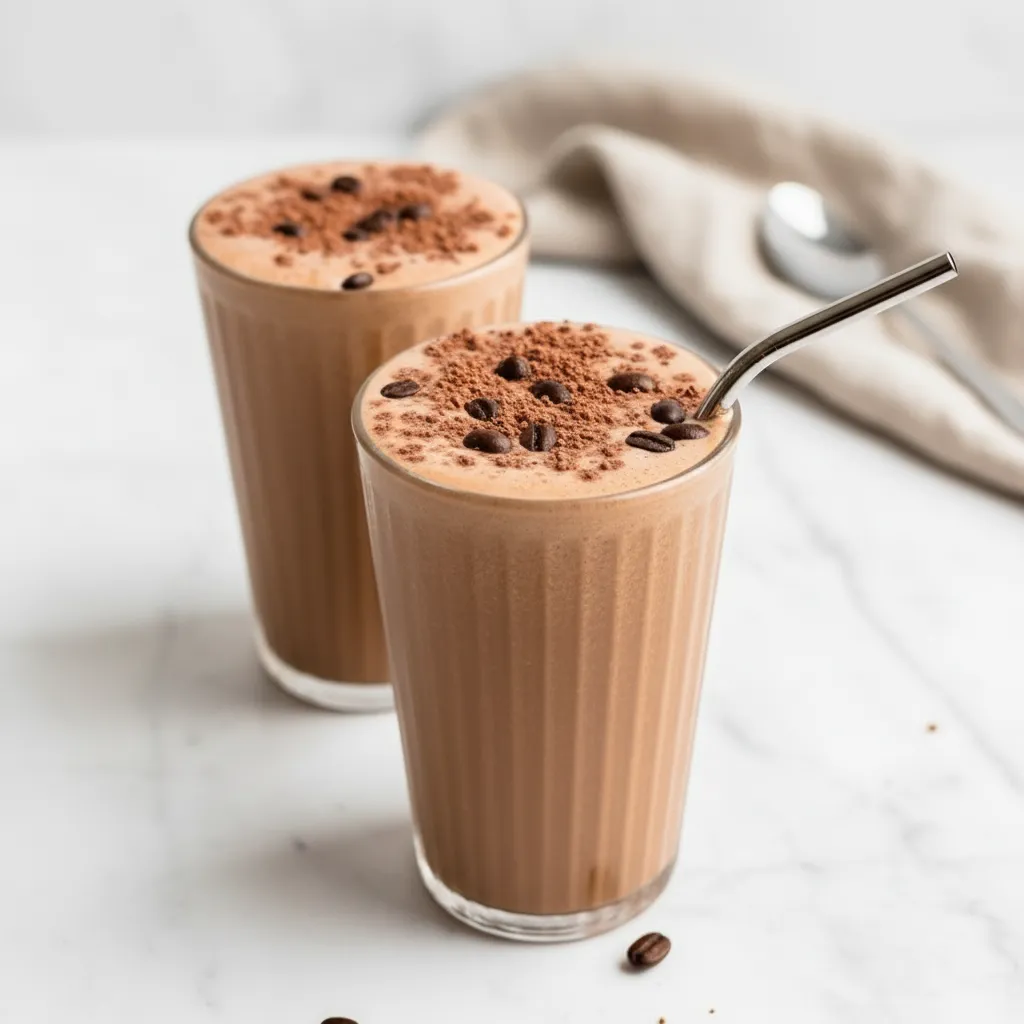

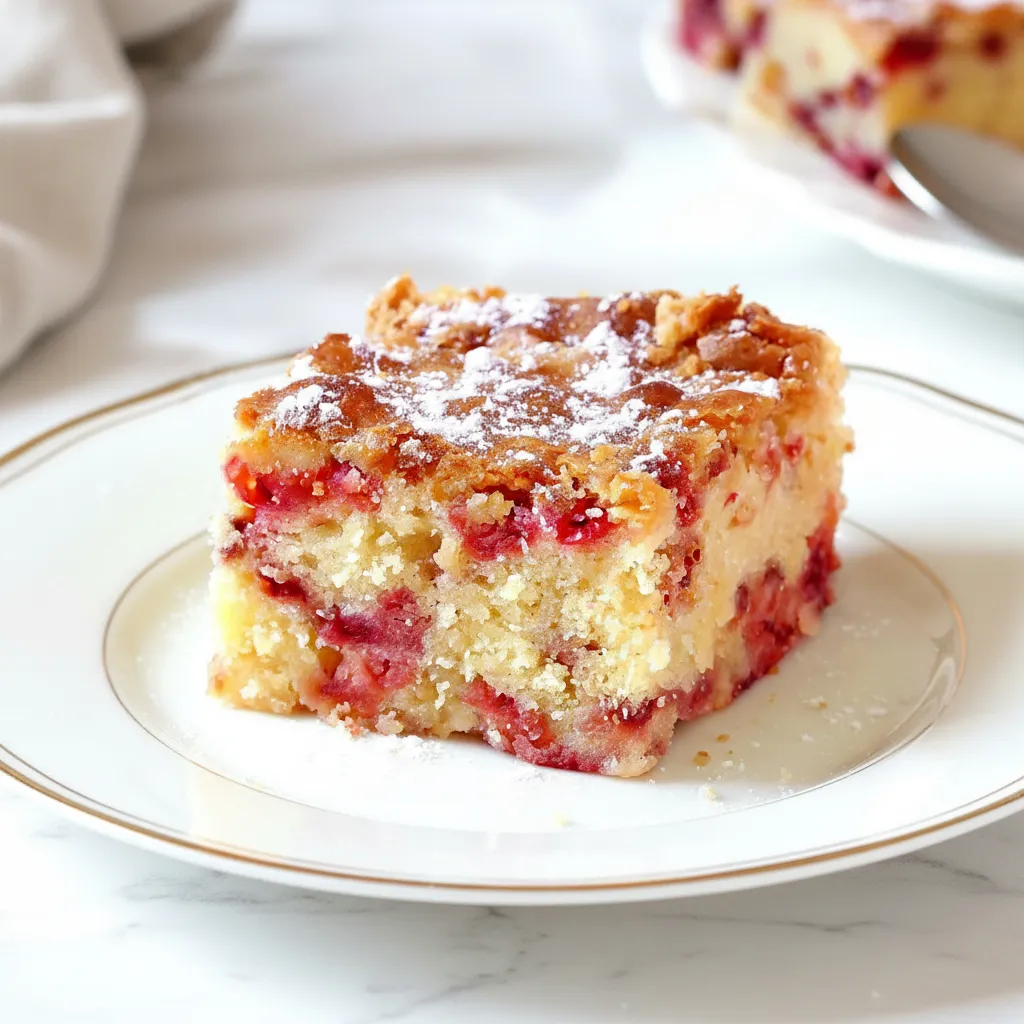

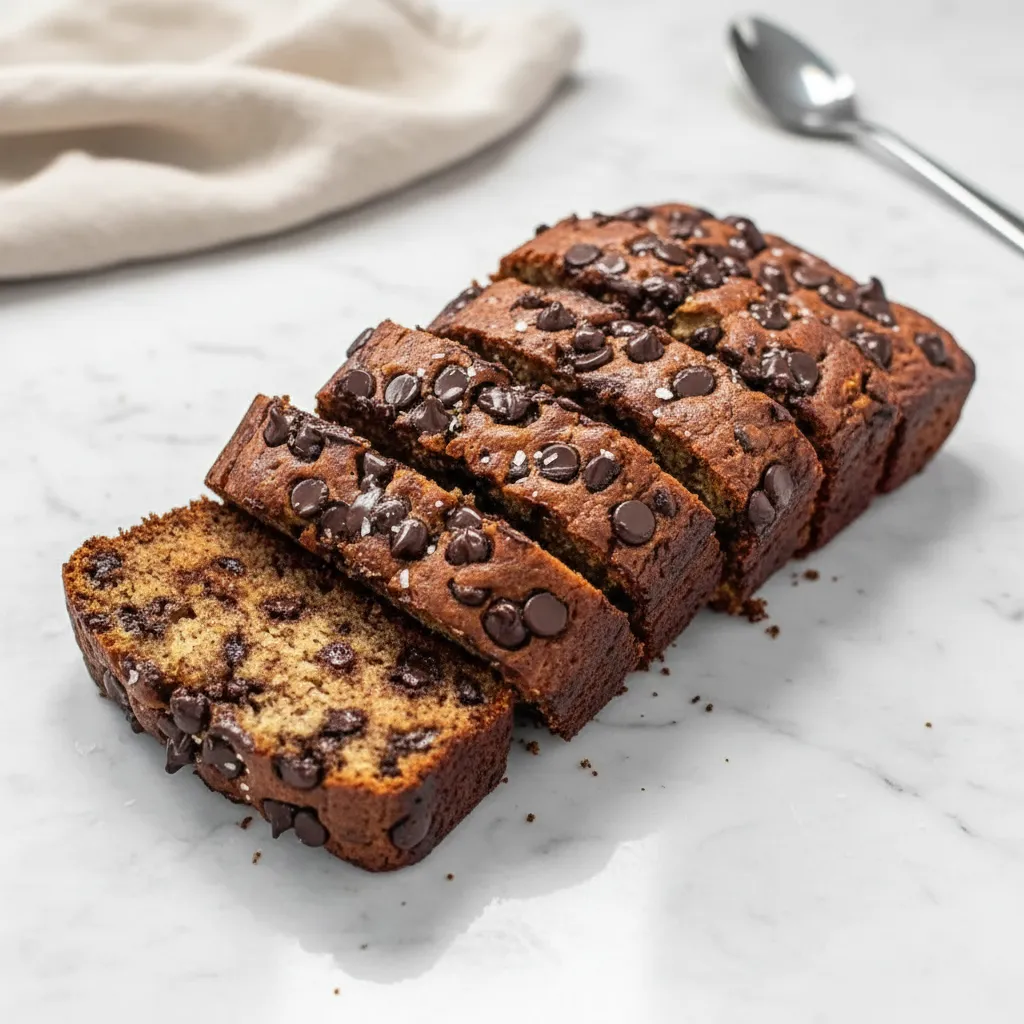
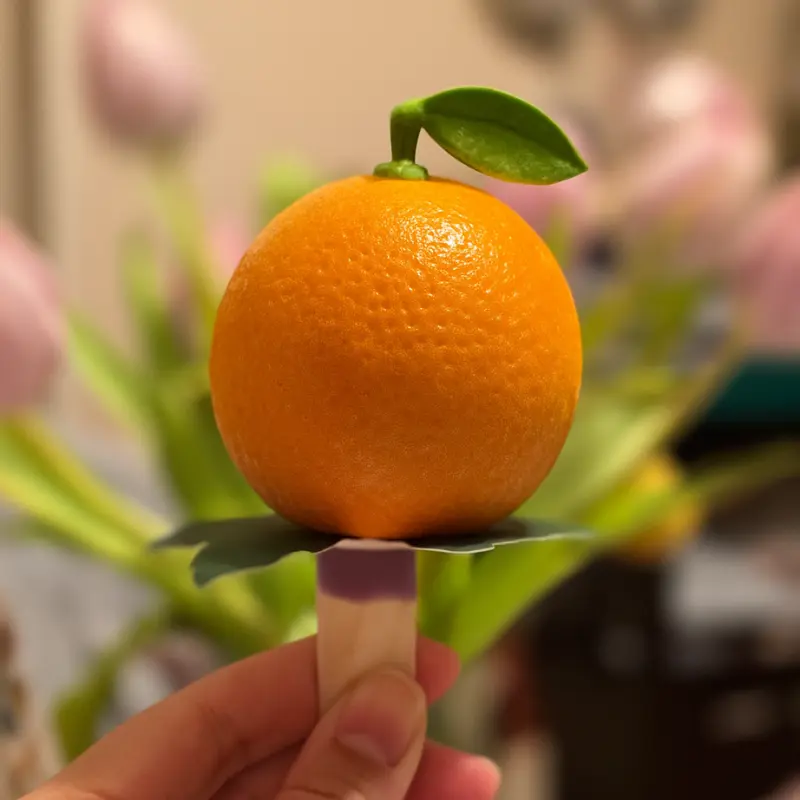

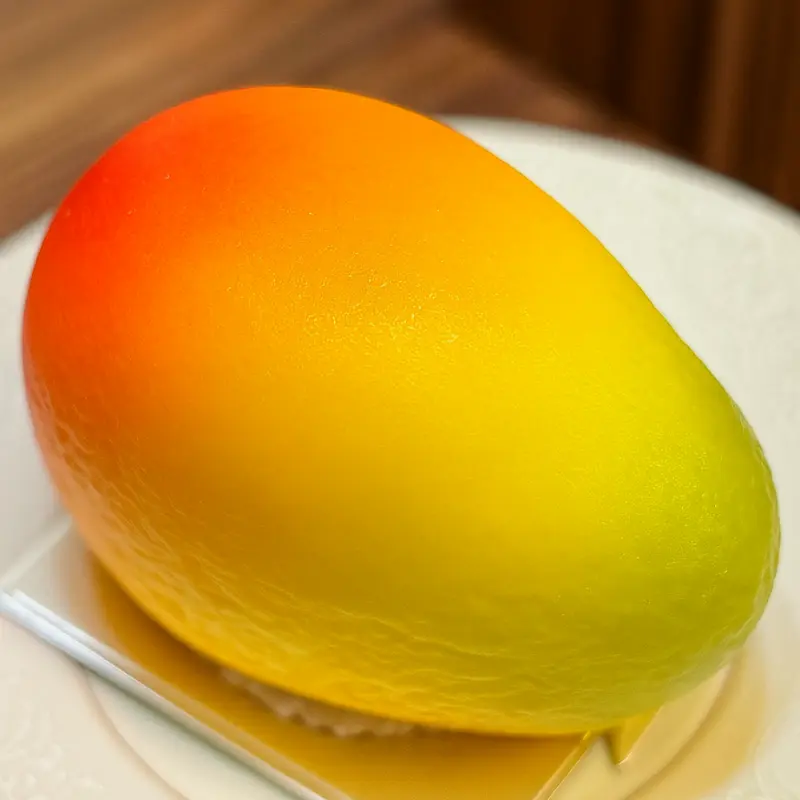

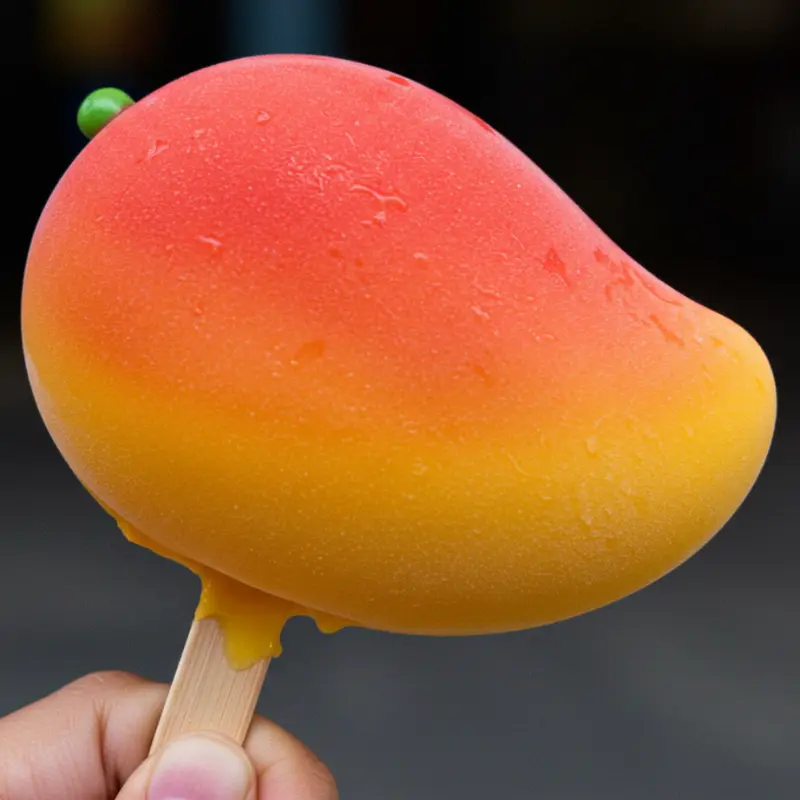
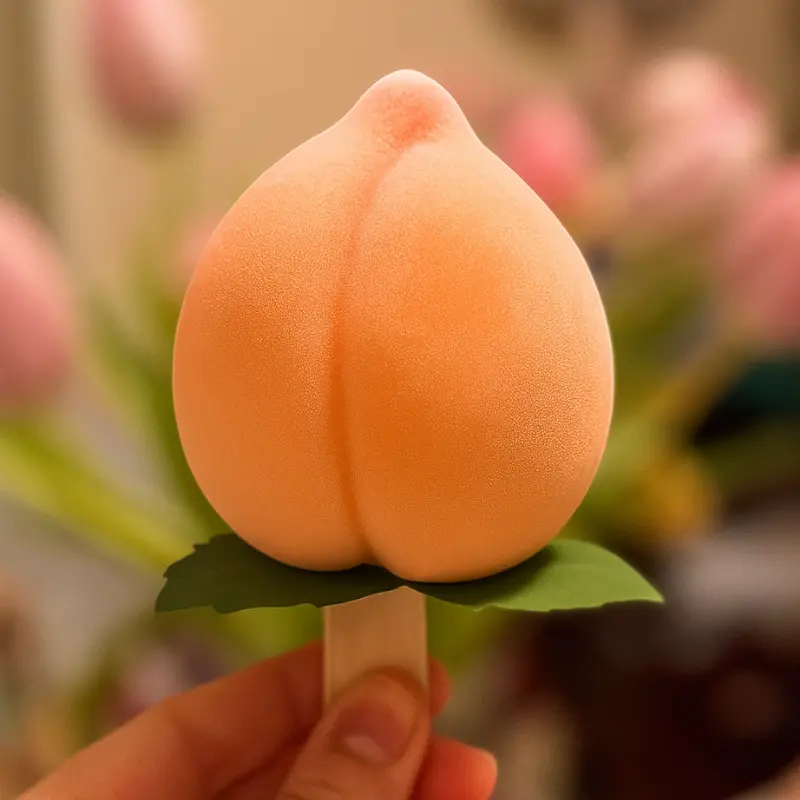
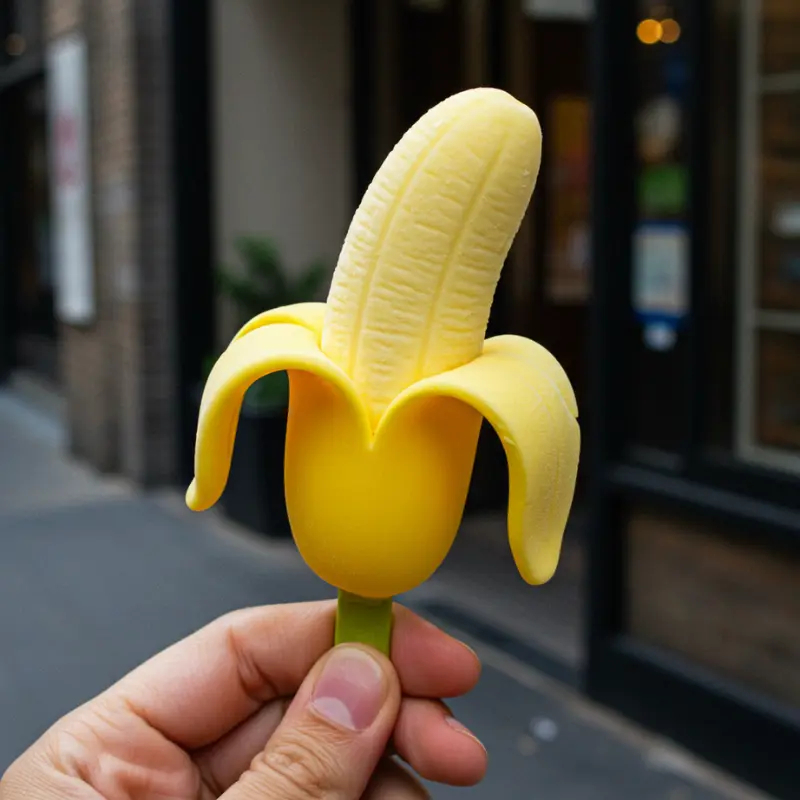
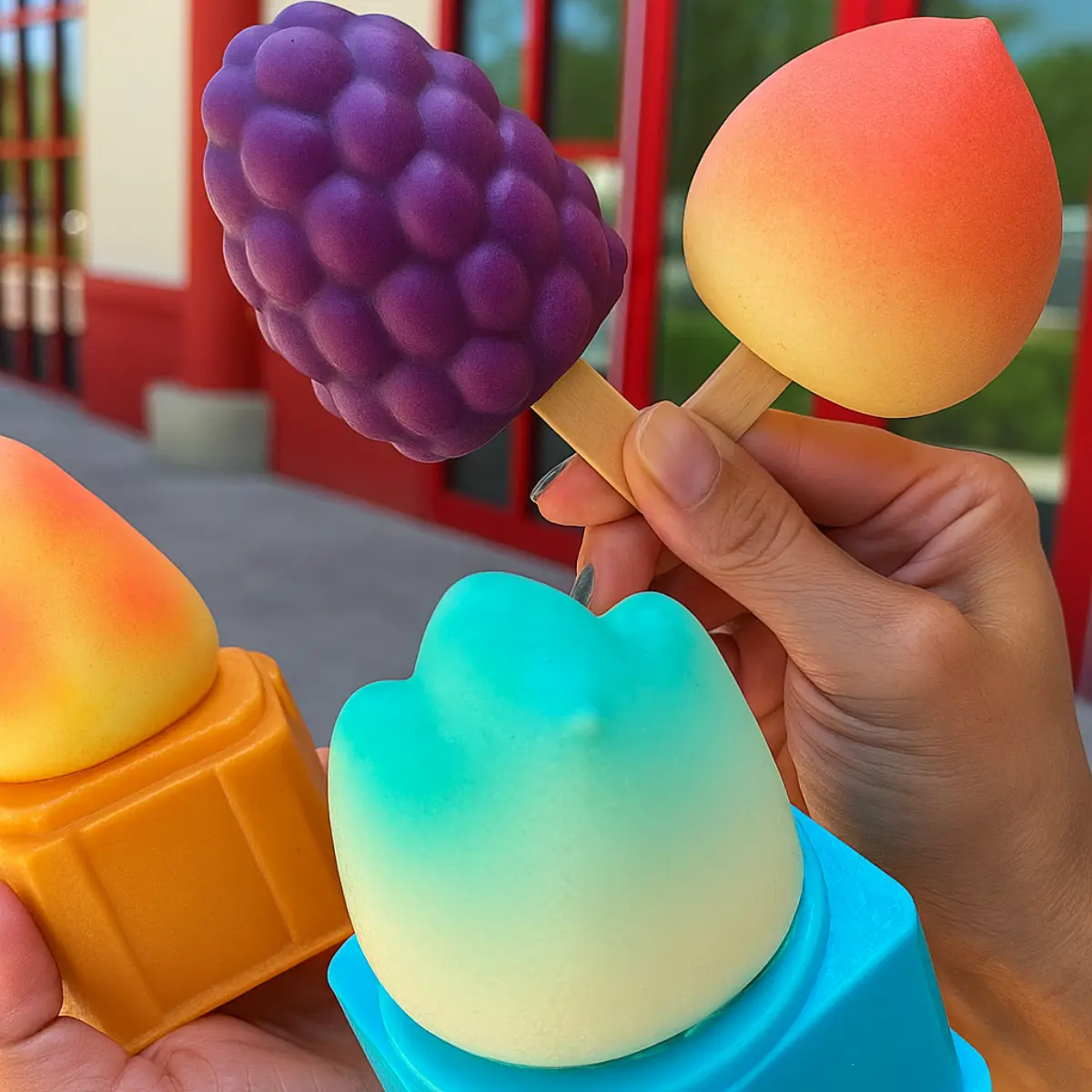
Now I get the hype
I never realized how many amazing Asian fruit ice cream flavors there are! Mango sticky rice is so nostalgic, and I’m dying to try lychee and black sesame next. Perfect for hot days!
Your mode of telling the whole thing in this paragraph is in fact good,
every one be capable of simply be aware of it, Thanks a lot.
I love this roundup of Asian fruit ice cream flavors! Lychee is definitely my favorite, so light and floral, but now I really want to try the mango and ube ones too. This list is making me crave a summer ice cream tasting party.
Hey very nice blog!